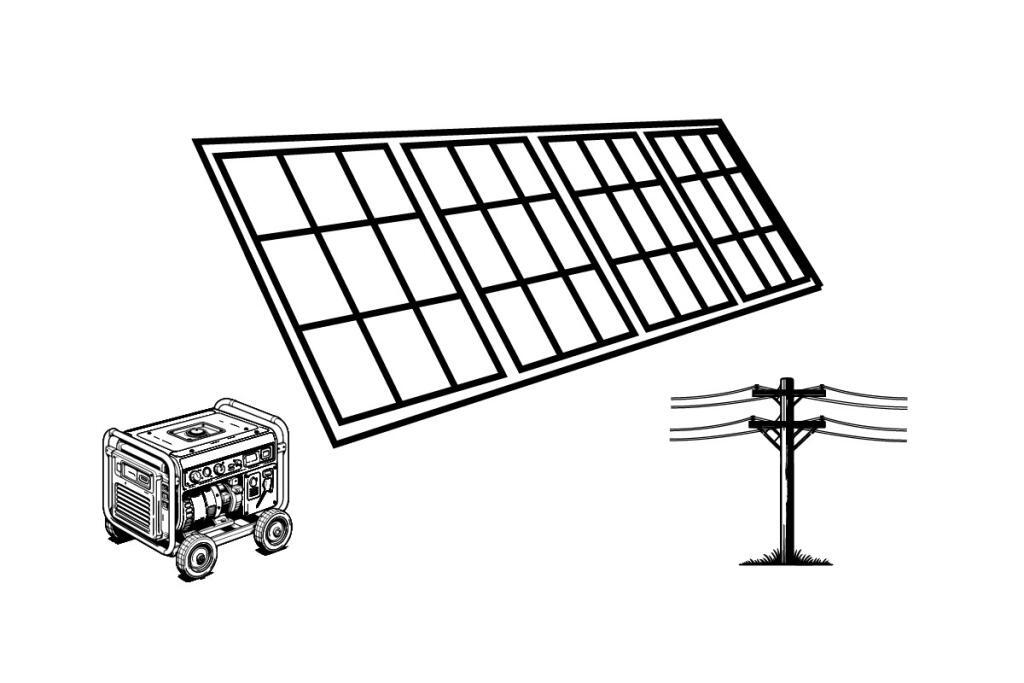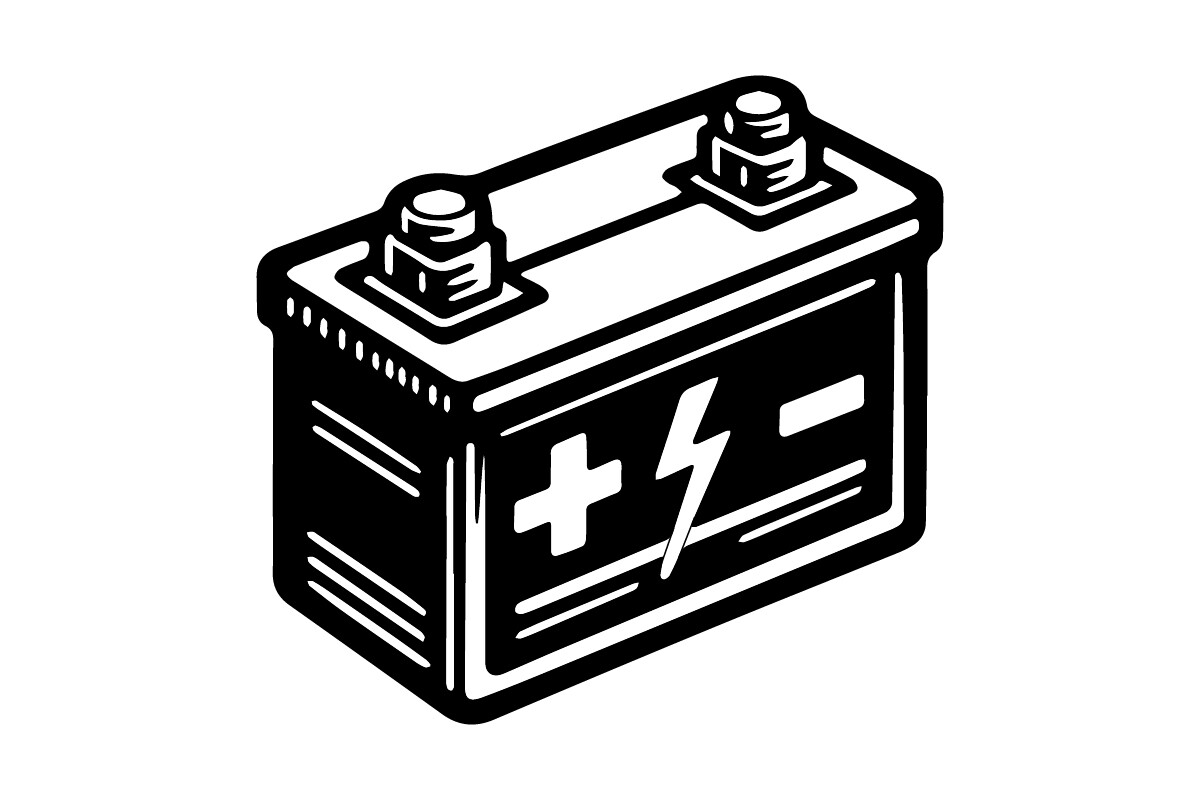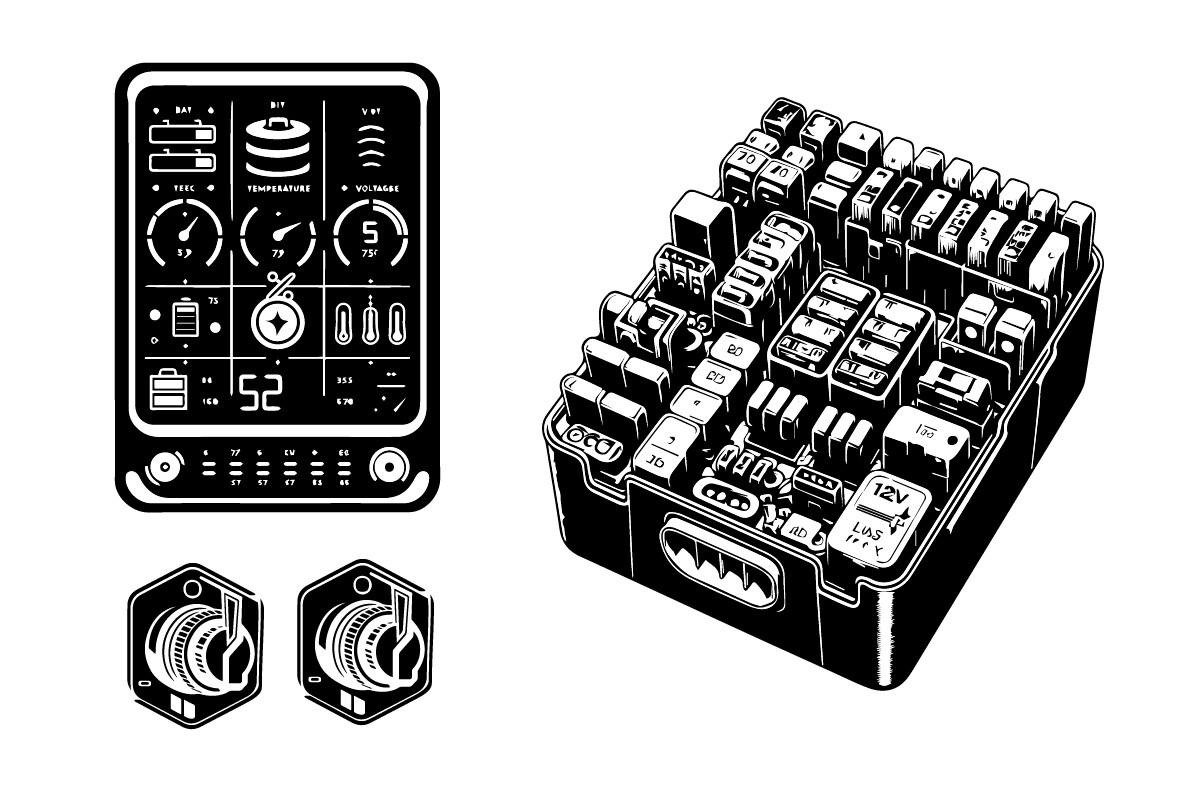A revolution is upon us. One where you can create electricity anywhere simply by harnessing the sun. If you know how solar generators work, you can use these magical little boxes to enter a new world. One free from energy companies, outages, and even diesel generators.
Easy-to-use solar generators have transformed the world of home backup power, off-grid energy, and camping electricity. The first step to getting these powers is by understanding this innovative technology.
This quick guide is here as an entry-level introduction to solar generators.
We carefully select the products and services we link to. If you buy through our links, we may earn a commission. There’s no extra cost to you and it helps us provide this information.
What is a Solar Generator?
Solar generators are lightweight, portable devices that allow you to capture, store, and use electricity. They are also known as portable power stations because they’re a small device that brings power anywhere.
Some people think solar generators only work when the sun is out. Or that they only power small devices. That’s far from the truth.
Solar generators can work during any time of day, during any season, to power nearly any device. And once you understand how solar power works and what solar generators are, you’ll be able to see for yourself.
What Can Solar Generators Power?
Solar generators can:
- Supply home backup power
- Create off-grid energy systems
- Power an RV, Van, or any camping trip
- Bring electricity to any event or location
As long as you understand how solar generators work and find the product that meets your needs, you can have long-lasting electricity for personal devices, household appliances, and much more.
Recharge your phone. Illuminate your house. Power your fridge. All from one fancy little box.
What’s Inside of a Solar Generator?
Although the best solar generators look simple, there’s a complex network hidden inside. The main parts of a solar generator are:
- Charging system: Captures power from solar panels, home outlets, and other sources
- Battery storage: Stores energy for use whenever, wherever you want
- Inverter and outlets: Transfers electricity into a useable source for your devices
- Fuses, wiring, and cutoff systems: Ensures safe use of the portable power station
If you understand these four elements, you will have the answer to “How does a solar generator work?”

Charging System: Solar and Beyond
Solar generators have a lot in common with traditional fuel generators. They both provide portable electrical power. But old-school generations rely on combustion fuels to turn an engine. Instead of using a built-in combustion engine, solar generators absorb energy from nearly any external source.
Obviously, solar power generators work very well with solar panels.
You set out your solar panels, attach them to the solar generator, and watch your portable battery fill up. Using nothing but warm sunshine, you can collect electricity to power your devices or home. No additional costs. No fuel tank to top off. Just you and our glorious star.
But solar generators can also use other energy sources to charge. Whether it’s a home outlet, your car’s cigarette lighter, or another power source like a fuel generator, nearly anything can charge the battery of a solar generator.
Charging a battery is somewhat complicated. You can’t just run wires directly from any outlet or solar panels to a battery. That’ll likely create fire, not electricity.
Inside of solar generators are charge controllers. These special items monitor and regulate the incoming electricity from any source you connect. These chargers are an essential part of the solar generator system.
For more details on using solar, wind, water, and other power sources, read our article on How to Generate Your Own Electricity.

Battery Storage: Electricity for Later
The battery is perhaps the most important element to any solar generator. It’s what stores energy and allows you to use the electricity as you need it.
You can have a solar system without a battery, but it will have many limitations and can’t provide round-the-clock power. Fuel generators with combustion engines usually don’t have a built-in battery. And you can’t get them to power anything unless the combustion engine is running. This is a major advantage of modern solar generators.
Do solar generators work at night? Yes, because you can charge the batteries inside solar generators when the sun is shining, then use it whenever you need it.
If desired or needed, you can use other energy sources to charge the battery. For example, a grid outlet can refill a battery so that you can store the power to use during an outage. And if needed, you could also use a fuel generator to quickly recharge the battery. Only run it for the time it takes to recharge your solar generator, then keep your devices running all night without the noisy combustion engine running.
Battery size can be measured in Watt hours (Wh). Small portable solar generators are usually around 200 to 300Wh, while large ones can have 2,000Wh (2kWh) or more. Some large solar power systems can reach upwards of 30kWh and higher.
You can also measure batteries in amp-hours (Ah). This depends on the voltage. A 12V battery with 100Ah has 1,200Wh. A 24V battery with 100Ah has 2,400Wh.
You’re probably thinking a large battery sounds good. And you’re right. The larger the battery of a solar generator, the less you need to worry about charging it or running big devices off of it.
The catch is price.
The battery is one of the most expensive components. Figuring out what size battery you need is an essential part of shopping for a solar generator. You can avoid wasting money on a battery that doesn’t meet your needs. And make sure it lasts long enough for the devices you need to power.
Click here to read our article about choosing the right battery.

Inverter and Outlets: Useful Energy
Now it’s time to talk about the fun stuff, how to connect devices that need electricity to a portable solar power station.
Solar generators come with an array of outlets and plugs so you seamlessly connect all sorts of devices. Most have USB ports, regular 110V plugs, and other options depending on the model. They can also include high-amp or 240V outlets for heavy-duty appliances.
If you create a DIY solar system, figuring out all of these outlets is a major hurdle to overcome. Solar generators do nearly all the work for you. Just identify what you need and buy the solar generator with those outlets.
You plug something into the outlets and the portable power station comes alive, sending lightning juice to your devices as they need it. That’s the magical part of how solar power banks work.
This is a straightforward process for devices that use the same type of power as the battery, typically a DC (direct current) charge. This includes USB ports, barrel plugs, and other DC connectors. This is the DC generator side.
Common household plugs are different. They use AC (alternating current).
To bridge this gap, a critical component of the solar generator changes it from the battery’s DC energy to a regular plug’s AC needs. This part is the power inverter. You’ll see the power inverter rating in Watts (W) as one of the main specifications for any solar generator.
The capabilities of portable solar inverters vary dramatically and have a big impact on price. This is a major part of understanding how solar generators work so you can buy the best solar generator for your needs without wasting money.
For more details, head over to our post on How Inverters Work With Solar Panels.

Solar Generator Safety: The Small Stuff
Some think solar generators are just about getting a battery and inverter. If you break one open, you’d discover a plethora of electrical engineering interwoven into the designs of the best solar generators.
Engineering teams meticulously:
- Calculate the appropriate fuses and wire gauges
- Know exactly where to place emergency cutoffs and voltage adjustments
- Create a system for monitoring and controlling every aspect
While making your own solar power generator is possible, buying one from a reputable company takes all of this weight off your shoulders. You can buy long-lasting, reliable products. And best of all, they’re designed and built to be safe.
Are solar generators any good? If you consider all of the equipment that’s behind each device, you’ll be amazed at what they can do.
The best solar generators have other benefits, like incredible customer support, long warranty coverage, and smartphone apps to control and monitor your device.
Putting It All Together
Solar generators work by capturing power from solar panels, outlets, or other sources. They store the power in a battery pack so you can use it whenever you want. Then you connect devices through many DC outlets and an AC power inverter. Through this combination, solar generators provide an endless stream of electricity without any fuel or ongoing costs.
To buy a solar generator, you need to consider the size of the battery and any solar panels you need, as well as the capacity of the inverter.
Ready to get your dream device? Head over to the Best Home Backup Solar Generators or Best Portable Solar Generator for Camping.







